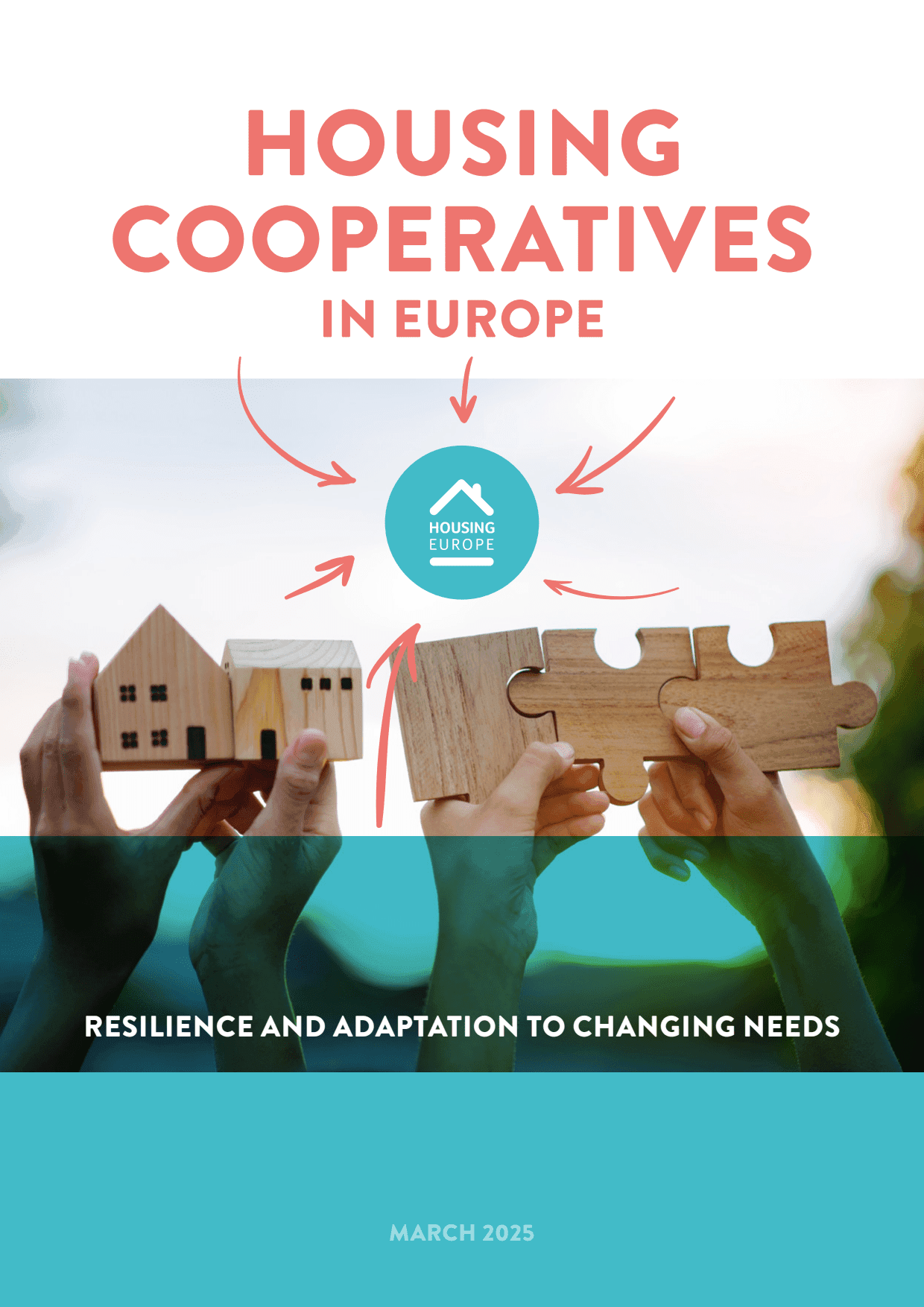AI-Generated Summary
Learn moreThis comprehensive report, published in 2025 by Housing Europe, offers an updated overview of housing cooperatives across Europe, examining both established models and emerging initiatives. It serves as a follow-up to the 2012 publication "Profiles of a Movement: Co-operative Housings Around the World," created for the United Nations International Year of Cooperatives.
Context and Purpose
The report emerges amidst growing housing affordability challenges across Europe, where accessing decent housing is increasingly difficult for low and middle-income groups. It illustrates how housing cooperatives, based on the democratic principle of "one person, one vote" and commitment to non-speculative housing, can be part of the solution to this crisis. The document was compiled with contributions from Housing Europe members and partners across 12 European countries, including Austria, Estonia, France, Germany, Ireland, Italy, Norway, Poland, Spain, Sweden, and Switzerland, with Vanesa Valiño as the driving force behind the project.
Structure and Methodology
The report is structured into two main sections: one detailing well-established cooperatives from the early 20th century, and another focusing on new initiatives that have emerged since the 2007-2008 financial crisis.
Key Findings: Traditional Cooperative Models
Housing cooperatives manage at least 7.9 million housing units across EU and EFTA countries. The Housing Europe network includes over 22,000 housing cooperatives, with Germany leading in numbers, managing more than 2.2 million rental units. Sweden and Norway manage over 1.1 million and 370,000 homes, respectively, while Austria's 97 housing cooperatives oversee 460,000 homes (about 10% of households). In Switzerland, cooperatives account for 4.3% of the total housing stock, reaching 20% in cities like Zurich.
Diverse tenure models exist across cooperatives, ranging from rental-focused (Germany, Switzerland) to ownership-oriented (Sweden, Norway, Spain, Italy), with some offering both. In France, HLM cooperatives have constructed over 400,000 units and produce around 5,000 new homes for sale annually. In Poland and Estonia, cooperatives emerged post-communism from state housing privatization. Austrian cooperatives operate on a cost-recovery basis, reinvesting surpluses into affordable housing, while many have expanded their roles to include community services and sustainability initiatives.
Current Challenges
Challenges include rising construction costs and interest rates, which hinder new developments, alongside energy transition requirements demanding significant investments in existing buildings. Public support for cooperatives has diminished compared to post-WWII periods, while housing affordability pressures are increasing, particularly for young people and low-income households. Regulatory frameworks often favor private development over cooperative models.
Key Findings: Emerging Cooperative Initiatives
New cooperative models include right-of-use cooperatives in Barcelona, such as Sostre Cívic, and Community Land Trusts in Brussels, which separate land ownership from buildings to maintain permanent affordability. These initiatives emphasize community building, environmental sustainability, and anti-speculative measures.
Success Factors
Municipal support through land allocation and regulatory frameworks, financial innovation including ethical banking, and strong community engagement are critical for the success of these cooperatives.
Recommendations for European Support
The report suggests several ways European institutions can support housing cooperatives, including access to low-interest financing, support for sustainable renovation, recognition of cooperatives within the social economy, knowledge exchange facilitation, and regulatory frameworks that bolster affordable housing models.
Conclusion
The report concludes that housing cooperatives are well-positioned to address the intersecting challenges of housing affordability, climate change, and social cohesion, advocating for a broad vision of housing that includes diverse forms and organizations to ensure dignified, sustainable, and affordable living for all citizens.
